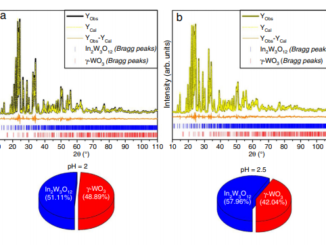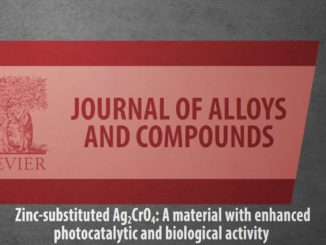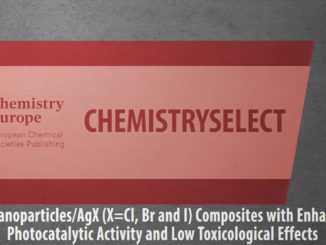
Experimental and ab Initio Studies of Deep-Bulk Traps in Doped Rare-Earth Oxide Thick Films
Abstract: Lanthanum-doped CeO2 is a promising semiconductor for gas sensing. A combined study applying impedance spectroscopy and first-principles calculations was performed for pure and lanthanum-doped samples. The results showed a strong influence of the localized Ce 4f states on the electrical conduction processes and an electrical resistance increase as a function of the exposure to vacuum and air atmospheres. After its modification with a rare-earth element along with exposure to reducing and oxidizing atmospheres, the observed behavior suggested the presence of multitraps, which depended on the described equilibrium between the oxygen vacancies (V-o(x) <-> V-O <-> V-O) in a disordered deep-bulk trap location. According to the DFT results, the multitraps were formed with the creation of an oxygen vacancy far from the doping atom. They were considered to be responsible for the phenomena modifying the Debye-like response. The transfer of electrons from Ce(III) to the adsorbed oxygen species, decreasing the number of electrons in the 4f state, reduced the electrical conductivity by the hopping frequency dependence of the total resistance and capacitances. This was probably due to the interactions between defective oxygen and metallic species.
Author(s): Rocha, LSR ; Schipani, F ; Aldao, CM ; Cabral, L ; Simoes, AZ ; Macchi, C ; Marques, GE ; Ponce, MA ; Longo, E
JOURNAL OF PHYSICAL CHEMISTRY C
Volume: 124 Edição: 1 Páginas: 997-1007 Published: 9 JAN 2020
DOI: 10.1021/acs.jpcc.9b07217




